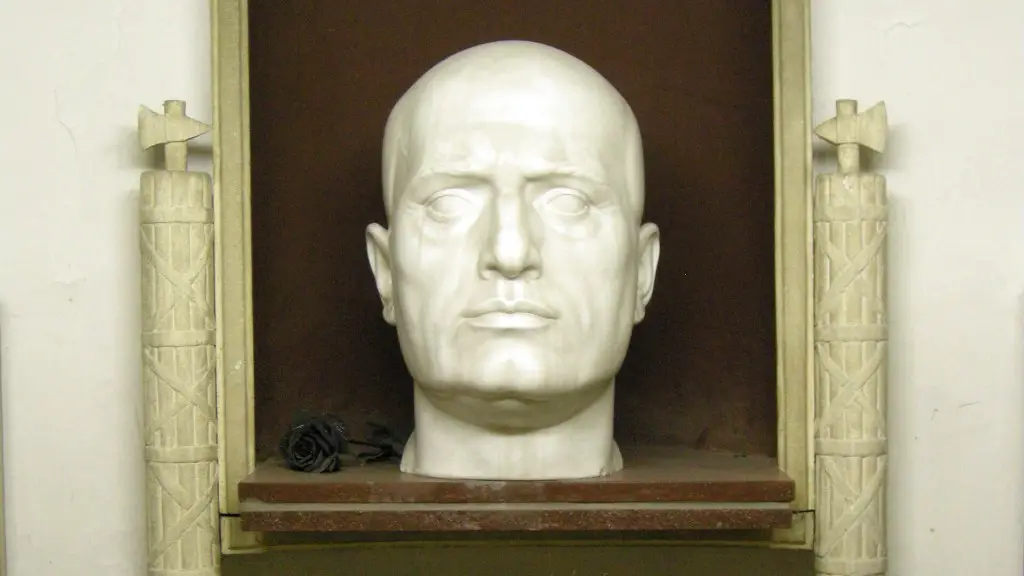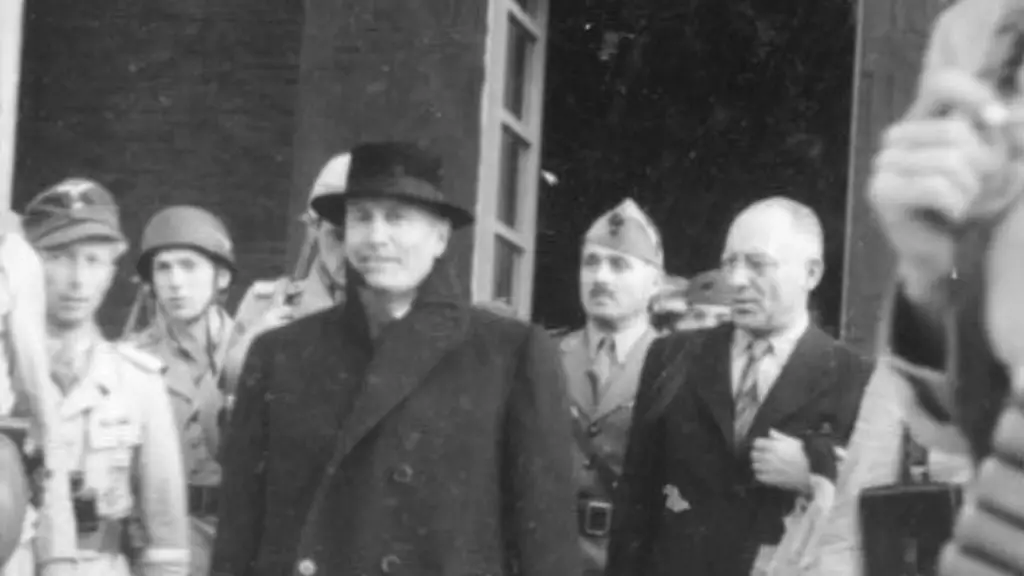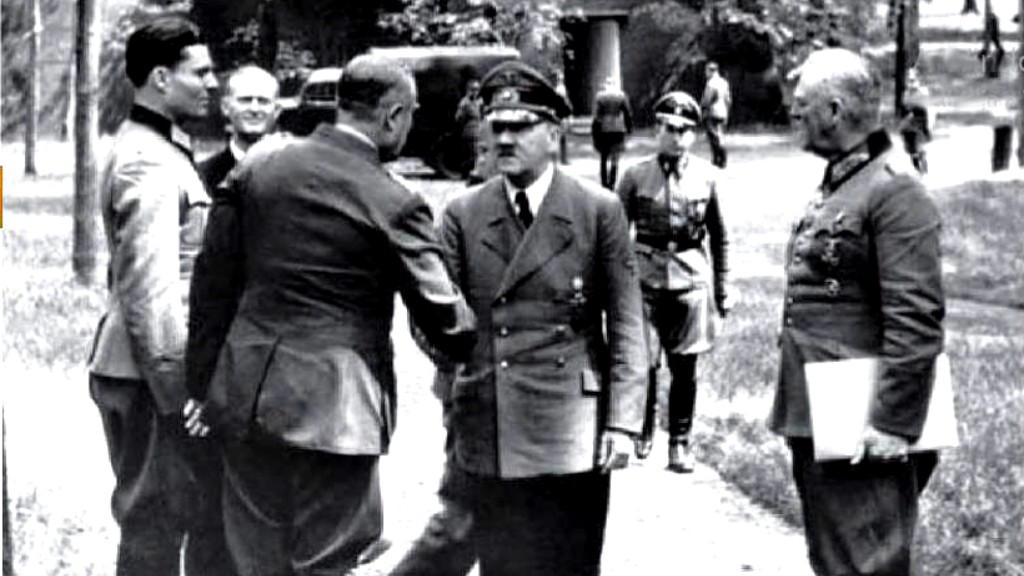Saddam Hussein was the ruler of Iraq for over two decades, from 1979 until his overthrow in the 2003 invasion of Iraq. A member of the Arab Socialist Ba’ath Party, he served as the Prime Minister of Iraq from 1979 to 1991, and as President from 1991 to 2003. During his rule, Saddam Hussein maintained a strong authoritarian grip on power, often resorting to violent means to suppress any elements of dissent. He also pursed a number of military conflicts, including the Iran-Iraq War (1980-1988) and the Gulf War (1991). Under Saddam Hussein, Iraq saw a period of economic development and progress, although this was offset by human rights abuses and international sanctions.
Saddam Hussein’s rule in Iraq was characterized by totalitarianism, a single-party dictatorship, corruption, nepotism, and atrocities.Throughout his rule, Saddam Hussein maintained firm control over the Iraqi government. He silenced all dissent and kept tight control over the media. He also used his secret police and fedayeen death squads to brutally suppress any opposition to his rule. Saddam Hussein’s rule was also characterized by economic mismanagement and a lack of development. Iraq’s economy was plagued by high levels of unemployment and inflation.
What kind of leader was Saddam Hussein?
Saddam Hussein was born into a poor family in Tikrit, Iraq. He became involved in the Arab nationalist movement as a teenager and eventually rose to power as the dictator of Iraq. He ruled Iraq for over two decades, until he was overthrown by a US-led coalition in 2003. Saddam Hussein was known for his brutality and his willingness to use violence to stay in power.
Hussein took control of Iraq in July 1979. He forced his cousin out of office and seized control of the government. Shortly after becoming president of Iraq, Hussein tightened his grip on power by carrying out a bloody rampage that resulted in the deaths of an estimated five hundred people.
What was the downfall of Saddam Hussein
Saddam Hussein was the president of Iraq from 1979 to 2003. He was overthrown in April 2003 following the US-led invasion of Iraq, and executed for crimes against humanity in 2006.
Saddam Hussein’s decision to invade Iran in 1980 was motivated by two main factors. One was to gain geopolitical advantage when international factors were in his favor. The other was to prevent Iran from fomenting revolution in Iraq.
Did the US support Saddam?
The United States supported Ba’athist Iraq during the Iran-Iraq War in several ways, including economic aid, the sale of dual-use technology, military intelligence, and special operations training. This support was crucial to Iraq’s success in the war, and helped to ensure that Iran did not gain a foothold in the region.
The Iraq War was a devastating conflict that lasted for over a decade. The primary rationalization for the war was articulated by a joint resolution of the United States Congress known as the Iraq Resolution. The US claimed the intent was to “disarm Iraq of weapons of mass destruction, to end Saddam Hussein’s support for terrorism, and to free the Iraqi people”. However, many believe that the real motivations for the war were much more cynical, and that the US used the pretext of weapons of mass destruction as a way to justify an invasion that was really about control of oil resources and projection of power in the region. Whatever the true motivations for the war, it resulted in the death and displacement of millions of Iraqis, and left the country in a state of chaos and instability.
Did Saddam Hussein start the Iraq War?
The Iraq War was a protracted armed conflict in Iraq that began in 2003 with the invasion of Iraq by the United States. The war lasted for eight years and ended in 2011 with the withdrawal of troops from Iraq.
The war was characterized by a prolonged insurgency against the US-led coalition by Iraqi rebel groups. The most notable of these was the Islamic State of Iraq and Syria (ISIS), which emerged in the wake of the US withdrawal from Iraq in 2011.
Over the course of the war, more than 4,000 US troops were killed and over 30,000 wounded. The war also resulted in the deaths of tens of thousands of Iraqi civilians.
Jihad has always been a controversial topic, and it’s one that Saddam Hussein presumably knew quite well. In his final moments, he chose to emphasize his commitment to the Muslim cause, even in the face of execution. It’s a powerful message, and one that should not be forgotten. Whether or not one agrees with Saddam’s methods or motivations, his dedication to his cause is undeniable.
Why did the US overthrow Saddam Hussein
The US and UK have stated that their aim in invading Iraq was to disarm it of weapons of mass destruction and to end Saddam Hussein’s support for terrorism. However, a UN inspection team found no evidence of any weapons of mass destruction in Iraq. It is possible that the US and UK were aware of this but decided to invade Iraq anyway in order to achieve their other goals.
Saddam Hussein, the former president of Iraq, was captured by the United States military in the town of Ad-Dawr, Iraq on December 13, 2003. This military operation, codenamed Operation Red Dawn, was named after the 1984 American film Red Dawn.
Who won the war Iraq or Iran?
The Korean War was a three-year conflict between communist North Korea and capitalist South Korea that began on June 25, 1950. The war ended in a stalemate and a UN ceasefire with no side gaining any meaningful victory. The death toll from the war was high but uncertain. Most estimates put the total death toll at 500,000 soldiers, with similar numbers for both sides.
In 1988, the United States launched Operation Praying Mantis against Iran, claiming that it was retaliation for the Iranian mining of areas of the Persian Gulf as part of the Iran–Iraq War. The American attack was the largest American naval combat operation since World War II.
What did Iraq want from Iran
Since the Islamic Revolution in 1979, Iraq has been trying to replace Iran as the leading power in the Persian Gulf region. This is because Iran’s economy and military is much stronger than Iraq’s, and Iran also has close relationships with the United States and Israel. However, after the overthrow of Saddam Hussein in 2003, Iraq has been able to make some progress in this area.
Iraq’s three main suppliers of weaponry during the war were the Soviet Union followed by China and then France. The United States sold Iraq over $200 million in helicopters, which were used by the Iraqi military in the war. These were the only direct US-Iraqi military sales.
Did the US cause the Iran Iraq war?
The Iran-Iraq war was a bloody conflict that was exacerbated by American involvement. Iran’s support of the Kurds was just one part of Saddam Hussein’s concern. American involvement in the conflict contributed to lasting political insecurity in the region.
Iraq is now a key partner for the United States in the region as well as a voice of moderation and democracy in the Middle East. Iraq benefits from active government institutions, including an engaged legislature, and plays an increasingly constructive role in the region. The United States is committed to supporting Iraq as it continues to build a prosperous, stable, and democratic country.
Did the US get oil from Iraq
The United States imported an average of 157,000 barrels of petroleum per day from Iraq in 2021. This was a significant increase from the 2020 average of just over 100,000 barrels per day. The increase in imports was due to the reopening of the Iraq-Turkey pipeline, which had been closed since 2014. The pipeline provides a direct route for Iraqi oil to reach the Turkish port of Ceyhan, from which it can be shipped to international markets.
The crude oil field known as “Rumaila” is located in southern Iraq. It is owned by the Iraq national oil company, and is operated by a consortium of international oil companies led by BP and CNPC. The Rumaila field is one of the largest oil fields in the world, and is a key part of Iraq’s economy.
Conclusion
Saddam Hussein’s rule of Iraq was characterized by an authoritarian style of government, with hussein as the absolute ruler. Under his rule, Iraq was a dictatorship, with no political parties or free elections. Saddam Hussein’s government was also marked by human rights abuses, with his regime being responsible for the torture and murder of thousands of Iraqis.
Saddam Hussein’s rule of Iraq was characterized by his use of fear and violence to control the population. He was a ruthless dictator who killed anyone who opposed him. His rule led to the ruin of Iraq and the death of many innocent Iraqis.





